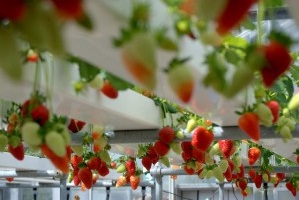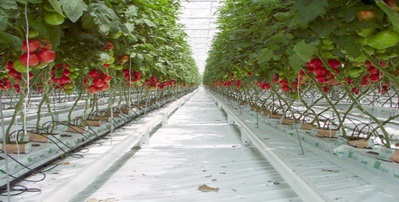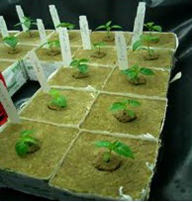- Systems
- Products
- Applications
- Speciality
- Media Center
- Buy Online
- Contact Us
Hydroponic Plantation
Hydroponics Plants Using Polystyrene Sheets
Sustainability, Food Safety, Reliability, Quality
Almost any plant can be grown in a hydroponic system. Developing a hydroponic garden with the plant in mind allows for particular characteristics such as plant size, space needed to grow, the size of the root system to be taken into consideration and an effective, trouble-free garden to be designed. As described on this page, lettuce, strawberries, and tomatoes are particularly suited to hydroponic cultivation, although each with its own requirements. These and other plants can be grown on a commercial scale or in the home garden using hydroponics.
To grow plants in a liquid mineral solution rather than soil, nutrients normally supplied from soil come from a commonly available formulation that is mixed into water. In a water culture, a huge sheet of polystyrene can be floated on a nutrient solution with holes cut out for each plant and an air stone in the nutrient solution used to aerate the water. As the plants use up the nutrients and water, the plants stay in contact with the nutrient solution as the polystyrene sheet simply floats. Very efficient, very easy to set up, and very easy to maintain.
Hydroponic Strawberries-Example
Strawberries, from a hydroponic point of view, are much like lettuce in their suitability to particular types of hydroponic gardens. They also have a small root system and are particularly suited to growing using polystyrene techniques. As can be seen in, plants can be grown at a very high density in PVC pipes. The only thing that needs to be considered is that strawberries will hand down, so room needs to be allowed between each row for this to happen freely. Water culture can also be used for growing hydroponic strawberries, where the strawberries would happily rest on the polystyrene sheet.


